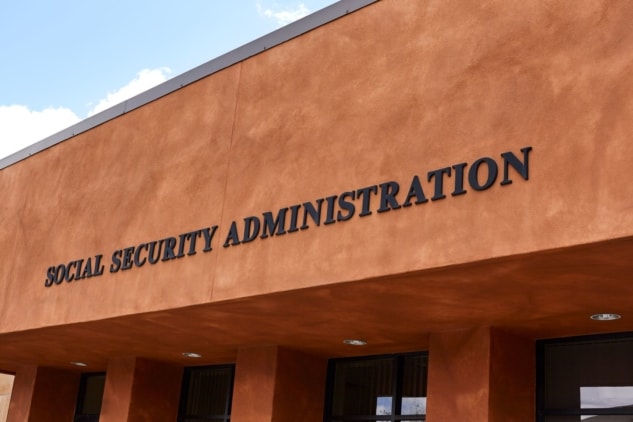
The coronavirus crisis has thrust extraordinary challenges onto the already beleaguered Social Security Administration (SSA). As the administrator for Social Security, Social Security Disability Insurance (SSDI), and Supplemental Security Income (SSI), few federal agencies touch the lives of so many Americans so directly. Yet, the SSA faces the same issues as other federal agencies striving to cope with the coronavirus outbreak – protecting workers while keeping operations running as smoothly as possible.
SSA field office across the country were closed to the public as of Tuesday. But SSA employees remain at work – and operations continue. The agency has urged the public to visit its website or to call its toll-free number, 800-772-1213 for customer service. (The public still can obtain limited in person service at those offices if they are blind or terminally ill, or need SSI or Medicaid eligibility issues resolved related to work status.). SSA has also created a special webpage with updates on customer service during the crisis.
“The decision [to close field offices] protects the population we serve – older Americans and people with underlying medical conditions – and our employees during the coronavirus pandemic… However, we are still able to provide critical services.” – SSA statement, 3/16/20
Today, House Ways and Means Committee leadership sent a letter to SSA administrator Andrew Saul, urging the agency to protect its workers against coronavirus while processing claims and benefits without interruption.
“Throughout its 85 year-history, Social Security has never missed a payment. Seniors, families who have lost a breadwinner, and people with disabilities rely on Social Security to pay their rent or mortgage, put food on the table, pay medical bills, and meet other basic needs. It is vital that SSA remains able to send benefits on time.” – House Ways & Means committee leadership letter to SSA administrator, 3/19/20
Most SSA employees work in cubicles and cannot maintain the recommended six feet of separation from others in the workplace. They are just as susceptible to infection as every other federal worker. But they are under pressure to continue processing benefits and claims in a timely manner.
The Ways and Means committee leaders suggest SSA allow employees to telework where possible, in accordance with federal guidelines. National Committee senior legislative representative (and former 35-year SSA employee) Webster Phillips says the agency’s teleworking capabilities have been diminished since Andrew Saul came on board as administrator – and will take time and resources to build back up.
Meanwhile, SSA will discontinue several of its normal activities in order to prioritize beneficiaries’ needs. “There are workloads that they’re not going to process while this is going on, focusing exclusively on paying benefits,” says Phillips. Those include stopping all Continuing Disability Reviews (CDRs) and curtailing eligibility re-determinations for SSI recipients.
SSA also has discontinued in-person disability hearings to protect the health of claimants and employees. Instead, those hearings will take place via telephone or video conference, where possible.
Before the coronavirus pandemic, the agency was already reeling from draconian budget cuts that Congress imposed on the agency between 2010-2017. (Never mind that SSA was already one of the most cost-effective federal agencies – spending no more than 1% of its revenue on administration and overhead.) The agency’s operating budget has only begun to recover lost ground in the past two years. Even now, the Trump administration has proposed a budget increase that amounts to only half of what SSA needs to adequately service its customers. SSA administrator Saul requested a $1 billion hike in operating funds; the President’s budget only proposed $480 million.
With its operating funds constricted for so many years, SSA was forced to furlough employees and close field offices throughout the country – some of them in underserved urban areas where claimants rely on public transportation. Customers encountered busy signals and lengthy hold times on the agency’s toll-free number; elderly and disabled claimants waited in long lines in field offices with limited seating; SSDI applicants languished up to two years waiting for an appeal hearing. Thousands of disabled applicants died before they could obtain one.
Before the coronavirus crisis, SSA was slowly restoring customer service to 2010 levels – but there still was a long way to go. The pandemic will put new strains on this already struggling agency. Beginning now, SSA should receive the funding it truly needs to deliver quality service during – and after – this crisis. It is past time to make SSA’s workers and customers the number one priority.


